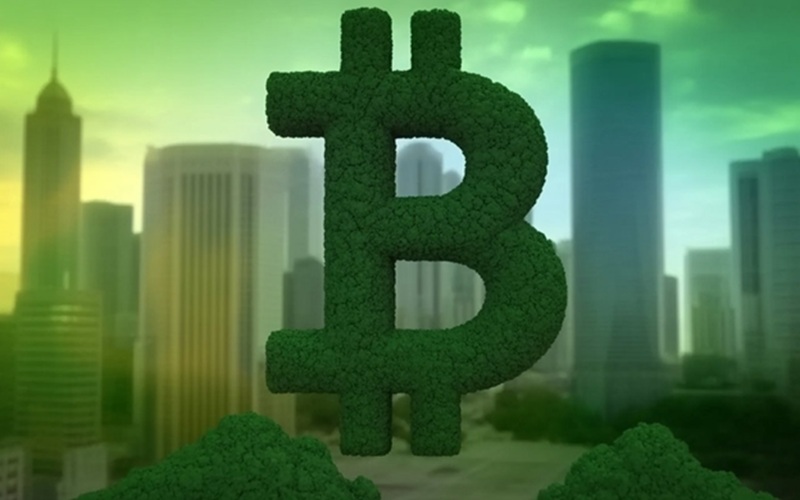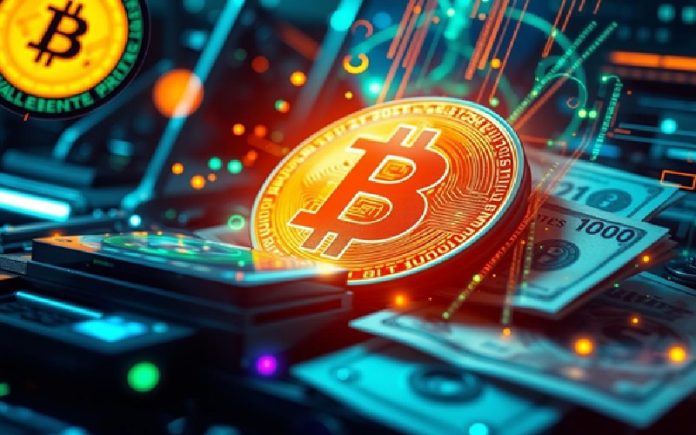Online protection is no longer optional, and that’s exactly why the next step for Pinco deserves a closer look. Digital safety is becoming a signature topic for modern platforms, yet few brands treat it as seriously as Pinko casino, which quietly invests in tools designed to reduce friction and strengthen trust. Somewhere between updated interfaces and smarter login flows, the brand keeps expanding its approach to security without turning it into a flashy marketing move. Instead, the platform adapts its ecosystem so it feels steady, predictable, and—most importantly—transparent for players in Turkey.
New Protective Technologies in Online Casino Ecosystem
While many online services rely on generic security add-ons, Pinco builds its system around adaptive tools created specifically for its structure. This helps the brand react to unusual activity faster and keep access consistent across versions like Pinco giris or the mobile-oriented Pinco APK.
How the platform’s tools evolve
The platform’s team focuses on technology that learns over time. It measures context, not just static entries, and adjusts thresholds automatically. This makes the protective system quieter, less intrusive, and more flexible.
A simplified look at the platform’s security layers:
| Pinco Component | Purpose | Innovation Direction |
| Access control | Secure giri? | Adaptive identity checks |
| Data encryption | Information safety | Multi-layer encoding |
| Monitoring tools | Activity oversight | Pattern-based alerts |
| Mobile security | App protection | Device-aware filters |
Why this matters
Instead of forcing players through endless checks, the platform uses behind-the-scenes processes that activate only when necessary. This balance helps the platform stay protective without interrupting the overall experience.
Enhanced Giri?: The Core of Security Model
In Turkey, giri? has become a kind of trust indicator, and Pinco takes this seriously. Its updated access system, known under options like Pinco casino güncel giri?, keeps evolving in response to real behavior patterns rather than theoretical risks.
What the platform changes in the giri? flow
Small upgrades accumulate into noticeable improvements:
- Temporary session tokens for safer logins.
- Device-based checks that run silently.
- Minimal data collection, focused on essentials.
- Clear prompts that avoid overwhelming users.
Every part of this architecture aims to make entry smooth but controlled.
Human-Centered Security Culture
Even with strong technology, Pinco emphasizes clarity. The brand avoids burying explanations under jargon, instead offering short guides, simple visuals, and contextual notifications that appear only when needed.
Features shaping the experience
The platform pays special attention to how people actually navigate. This creates an environment where protection tools feel natural rather than restrictive—something especially noticeable on versions like Pinco oyun sitesi or when using features tied to Pinco promosyon kodu.
These changes might seem subtle, but they build a consistent atmosphere: stable, predictable, and easy to follow.
What’s Next for Pinco
Looking ahead, the platform’s development strategy focuses on refining what already works: faster reactions, clearer dashboards, and increasingly flexible protection layers. Nothing loud or dramatic—just steady improvements that help the brand remain one of the more forward-thinking names in Turkey’s online entertainment space.
As the online casino brand continues refining its systems, the direction stays unchanged: less noise, more clarity, and a safer environment for anyone who enters the platform through Pinco casino giri?.






